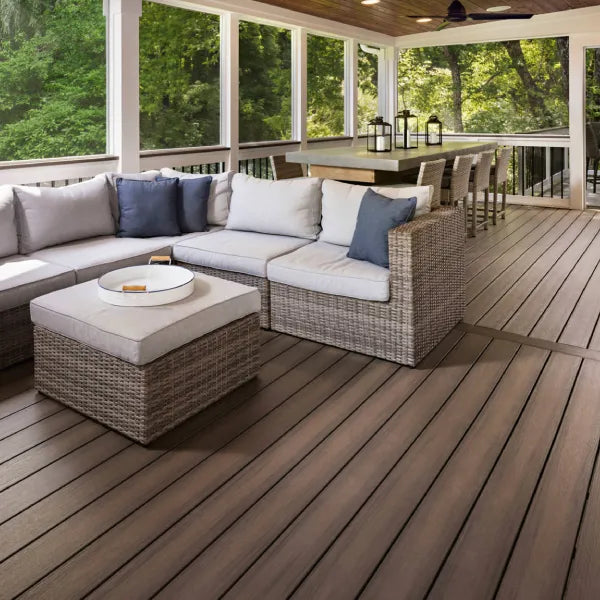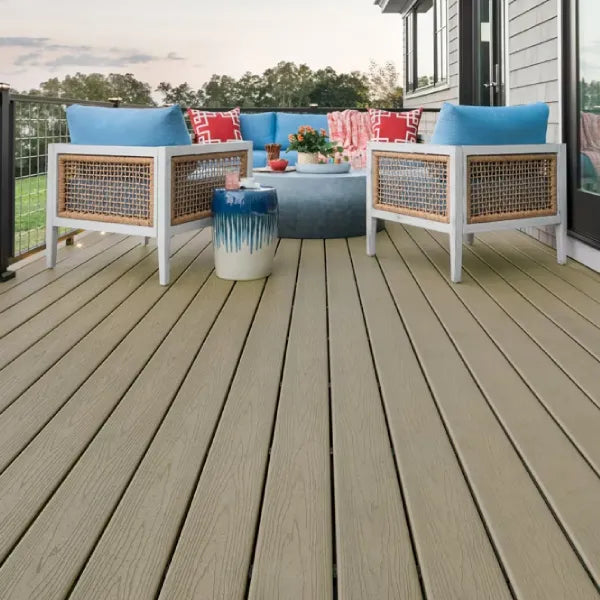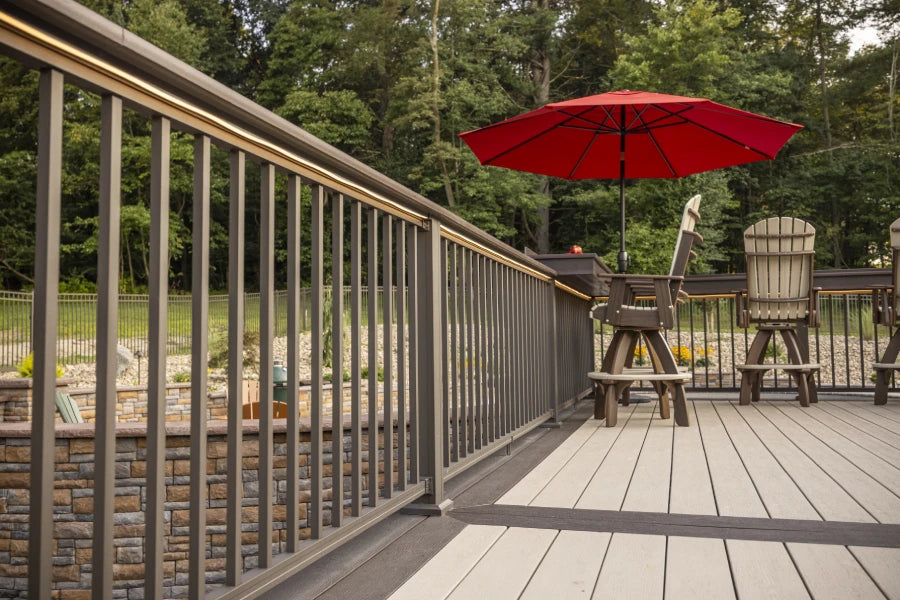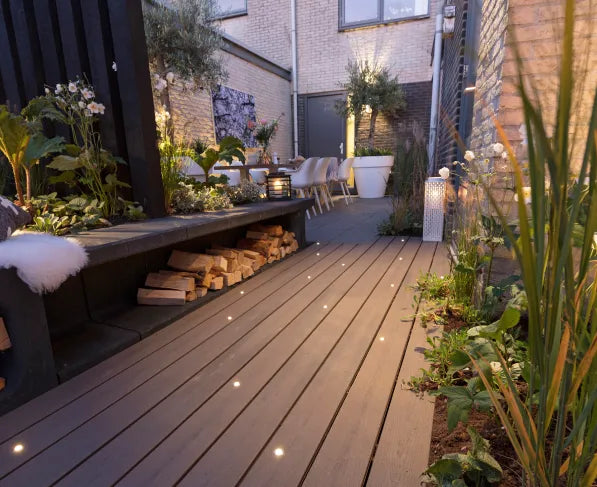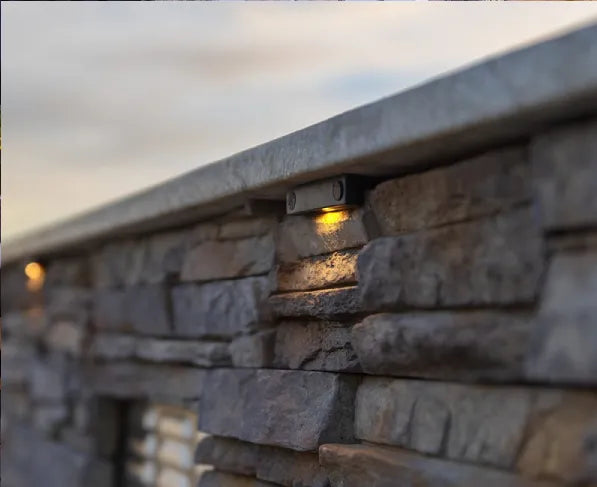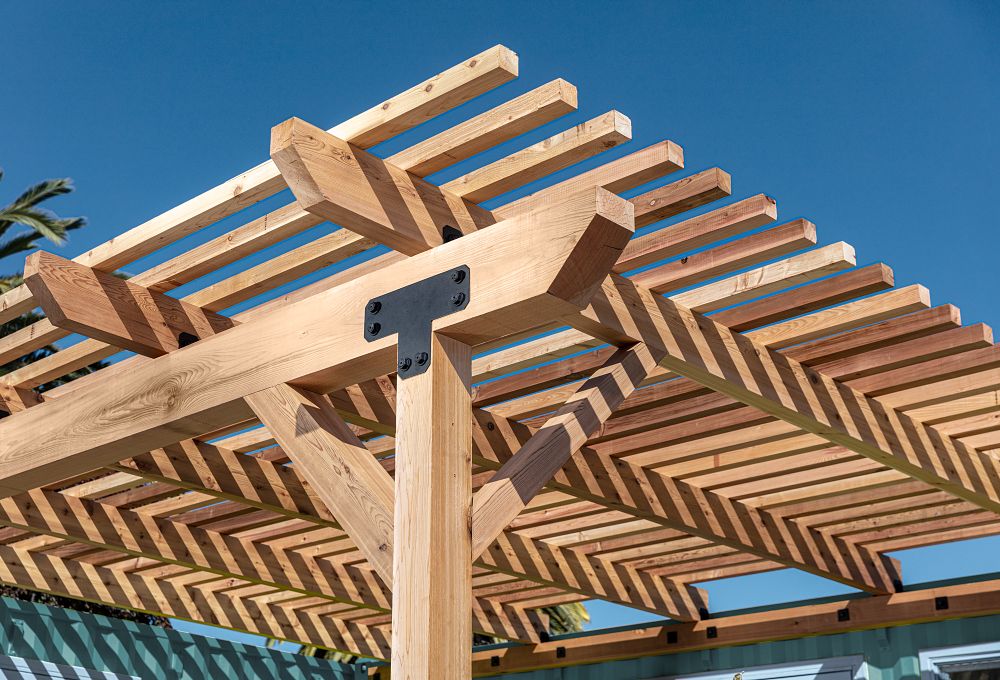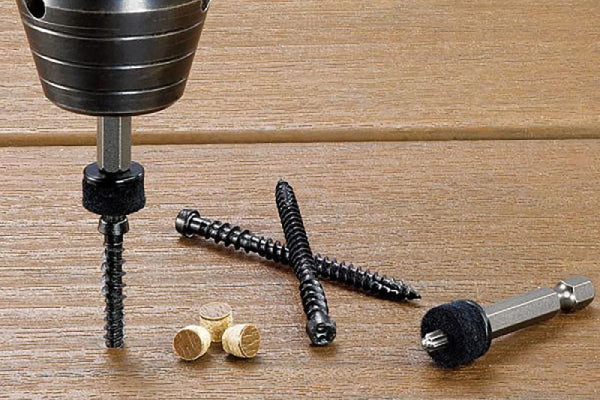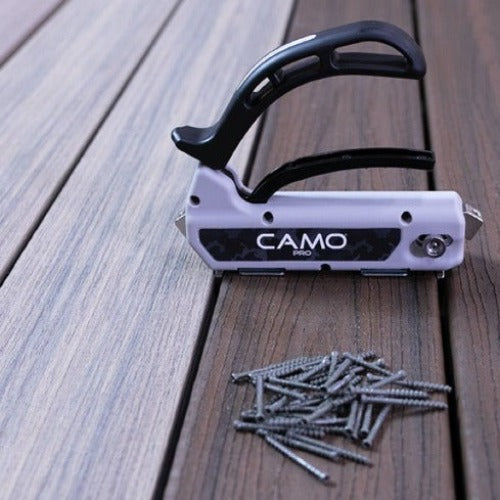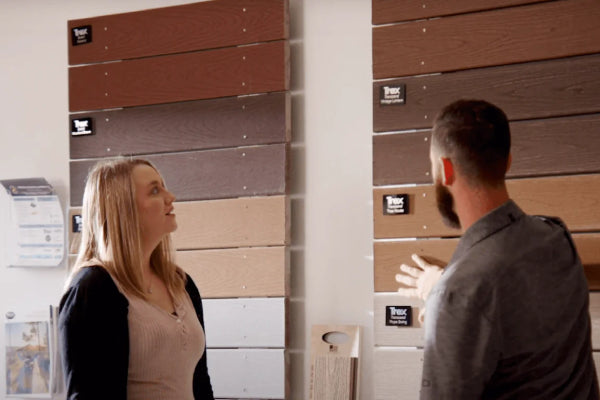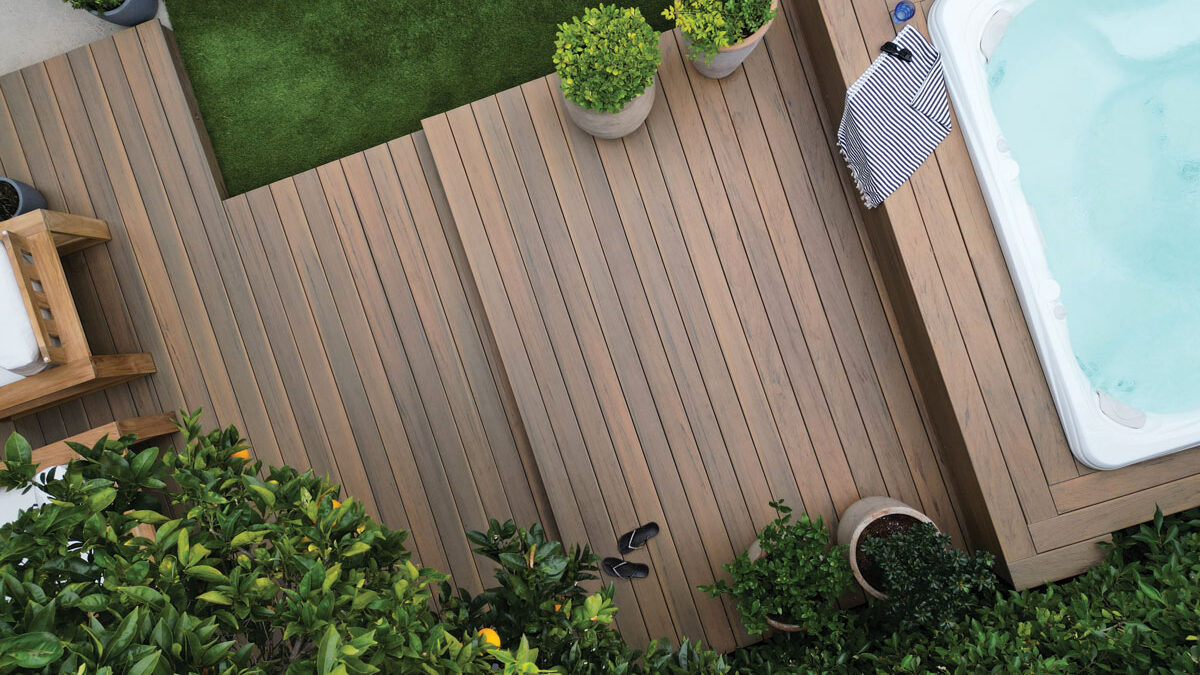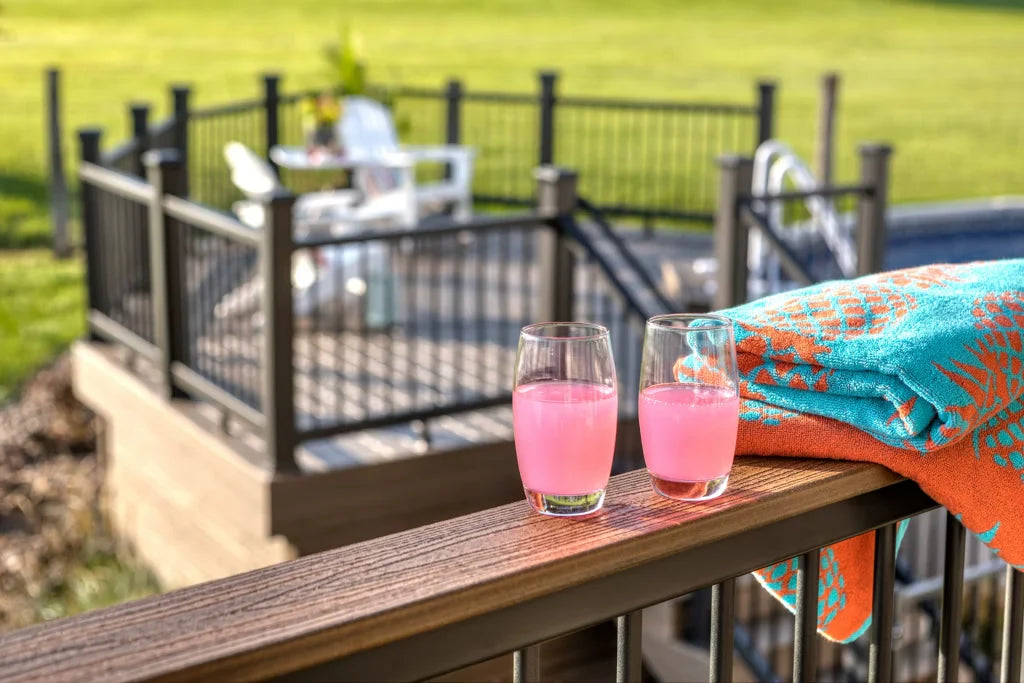The Role of Structural Composite Lumber in Sustainable Construction
Have you ever found yourself gazing up at a towering skyscraper or some other impressive architectural marvel, pondering how it all stays intact? Let's unveil the mystery; it goes beyond concrete and steel – structural composite lumber (SCL). This isn’t your typical timber. SCL is the unsung hero of many construction projects. Picture our buildings as giant Jenga towers, with each SCL block playing a crucial role in maintaining stability.
In the world of construction, the family of SCL products includes Laminated Veneer Lumber (LVL), Parallel Strand Lumber (PSL), Oriented Strand Lumber (OSL), and Laminated Strand Lumber (LSL).
In this article, we'll explore the advantages of SCL over traditional wood, offering a glimpse into the future trends that might reshape how we approach building practices.
Understanding Structural Composite Lumber Products
Structural composite lumber (SCL), a term used to encompass the family of engineered manufactured wood products, is like the superhero of manufactured wood products – a high-performance engineered material built to be stronger and more reliable than traditional timber. But what makes it so special?
Unlike natural lumber, SCL is a specially engineered material. It is produced by combining dried and graded wood veneers, or strands bound together with a moisture-resistant adhesive. It is assembled into significant blocks, also known as billets, they undergo a process of heating and pressure. The end result is an exceptionally strong material.
This process helps SCL resist warping, splitting, and shrinking, even in damp environments – traits often associated with traditional timber when exposed to moist conditions. With SCL products, one always knows what to expect – there are no natural defects that can weaken the wood over time. Additionally, it's dimensionally stable, meaning it maintains its size and shape, even under varying conditions – a clear advantage over natural lumber.
One less apparent but critically important aspect of structural composite lumber is its environmental impact. The energy utilized in SCL's production is considerably less than that for steel or concrete, earmarking it as a greener choice in the construction industry.
Types of Structural Composite Lumber
Structural Composite Lumber (SCL) comes in several distinct types, each outstanding in particular applications. Let's first take a look at Laminated Veneer Lumber (LVL).
Laminated Veneer Lumber (LVL)
Laminated Veneer Lumber (LVL) is made by gluing together thin layers of wood, it's stronger than your average joist or rafter material and can resist warping, splitting, and shrinking. Thanks to its remarkable strength and dimensional stability, it makes a top choice for many construction projects. LVL is often used for beams, headers, and other load-bearing applications due to its exceptional load-bearing capacity.
Parallel Strand Lumber (PSL)
Next in line, Parallel Strand Lumber (PSL) stands out in the SCL family due to its incredible strength-to-weight ratio. It's like having the Arnold Schwarzenegger of lumber in your construction project. PSL is often the preferred choice when you need robust and reliable support for heavy load-bearing applications, such as columns and vertical supports.
Oriented Strand Lumber (OSL)
Oriented Strand Lumber (OSL) may not share the same widespread recognition as LVL and PSL, but it has its own set of advantages. Its manufacturing process results in more uniform properties, making it a preferred choice when consistency is critical. OSL is often employed in structural components, contributing to the stability and longevity of buildings.
Laminated Strand Lumber (LSL)
Last but not least, Laminated Strand Lumber (LSL) uses long, thin wood strands in its manufacturing process, producing a high-strength material with excellent resistance to warping and shrinking. Ideally suited for applications where strength and dimensional stability are crucial, LSL takes its place as a valuable member of the SCL family.
These diverse SCL types each come with their unique advantages, catering to various construction needs. Whether you seek the strength and reliability of PSL, the dimensional stability of LVL, or the uniformity of OSL, structural composite lumber offers a range of options to meet the needs of different construction projects.
Applications of Structural Composite Lumber
Structural composite lumber (SCL) has made a significant impact on the construction industry. Its game-changing properties and versatility have opened doors to a myriad of applications, revolutionizing the way structures are conceived and built. Let's delve into this more.
Residential Construction
SCL finds extensive use in residential projects. From building innovative homes, to renovations and extensions, SCL's strength and flexibility make it ideal for creating structures that last.
These engineered wood products are perfect for framing walls or roofs because their high load-bearing capacity ensures stability even under heavy weight. But that's not all – with easy installation, builders love using SCL.
Types of Structural Composite Lumber
Structural Composite Lumber (SCL) comes in several distinct types, each outstanding in particular applications. Let's first take a look at Laminated Veneer Lumber (LVL).
Laminated Veneer Lumber (LVL)
Laminated Veneer Lumber (LVL) is made by gluing together thin layers of wood, it's stronger than your average joist or rafter material and can resist warping, splitting, and shrinking. Thanks to its remarkable strength and dimensional stability, it makes a top choice for many construction projects. LVL is often used for beams, headers, and other load-bearing applications due to its exceptional load-bearing capacity.
Parallel Strand Lumber (PSL)
Next in line, Parallel Strand Lumber (PSL) stands out in the SCL family due to its incredible strength-to-weight ratio. It's like having the Arnold Schwarzenegger of lumber in your construction project. PSL is often the preferred choice when you need robust and reliable support for heavy load-bearing applications, such as columns and vertical supports.
Oriented Strand Lumber (OSL)
Oriented Strand Lumber (OSL) may not share the same widespread recognition as LVL and PSL, but it has its own set of advantages. Its manufacturing process results in more uniform properties, making it a preferred choice when consistency is critical. OSL is often employed in structural components, contributing to the stability and longevity of buildings.
Laminated Strand Lumber (LSL)
Last but not least, Laminated Strand Lumber (LSL) uses long, thin wood strands in its manufacturing process, producing a high-strength material with excellent resistance to warping and shrinking. Ideally suited for applications where strength and dimensional stability are crucial, LSL takes its place as a valuable member of the SCL family.
These diverse SCL types each come with their unique advantages, catering to various construction needs. Whether you seek the strength and reliability of PSL, the dimensional stability of LVL, or the uniformity of OSL, structural composite lumber offers a range of options to meet the needs of different construction projects.
Applications of Structural Composite Lumber
Structural composite lumber (SCL) has made a significant impact on the construction industry. Its game-changing properties and versatility have opened doors to a myriad of applications, revolutionizing the way structures are conceived and built. Let's delve into this more.
Residential Construction
SCL finds extensive use in residential projects. From building innovative homes, to renovations and extensions, SCL's strength and flexibility make it ideal for creating structures that last.
These engineered wood products are perfect for framing walls or roofs because their high load-bearing capacity ensures stability even under heavy weight. But that's not all – with easy installation, builders love using SCL.
Commercial Projects
Moving onto larger scale projects, commercial construction also benefits from the advantages offered by SCL. For instance, consider how skyscrapers need materials strong enough to withstand various pressures yet flexible enough to resist earthquakes; here comes our hero – structural composite lumber.
In places like shopping malls or hotels where long stretches of structures are required without supporting columns disrupting space flow, you'll often find SCL decking systems at work. Not only do they offer superior performance but also contribute aesthetically due to their clean lines and modern look.
Bridges and Highways
Last but certainly not least, let’s talk about bridges. Yes – you heard right. Thanks to its resistance against moisture damage coupled with an ability for longer spans than traditional timber can offer, SCL is becoming increasingly popular in bridge and highway construction.
From pedestrian bridges to major highway overpasses, this remarkable material provides an economical and durable solution that can stand the test of time. It's no wonder engineers are giving traditional materials a pass for structural composite lumber.
Comparing Structural Composite Lumber with Traditional Wood
While traditional lumber boasts a greener and more natural image in the minds of many, the benefits of SCL are evident; let's break down the differences.
Strength and Durability
SCL outperforms traditional lumber in terms of strength, exhibiting superior resistance to warping and shrinking. Traditional lumber tends to have stability issues under certain moisture conditions, leading to more frequent replacements.
Uniformity and Customization
As a uniform engineered wood product, SCL exhibits consistent properties, significantly enhancing reliability for design and building processes. Unlike traditional lumber, which displays wide-ranging characteristics leading to potential quality discrepancies, the uniform structure and composition of SCL ensure consistent performance. Additionally, SCL can be precisely tailored to desired dimensions, lengths, and strengths, enabling customization without resource wastage – a feat difficult to achieve with traditional lumber.
Sustainability
SCL optimally utilizes underutilized, fast-growing wood species and smaller wood strands, promoting efficient use of forest resources and minimizing waste. Traditional lumber, on the other hand, requires the harvesting of larger, mature trees, causing a greater ecological impact and longer times for resource replenishment.
Cost Efficiency
Considering initial material and maintenance costs, SCL proves to be a cost-effective choice. SCL's longevity reduces the need for frequent replacements, saving replacement costs over time. Even though traditional lumber may have a lower initial cost, long-term expenses related to replacements and maintenance can make it less economical.
Owens Corning and Structural Composite Lumber
In the world of structural lumber, Owens Corning takes center stage as a prominent figure in the construction sector with their innovative OC™ Lumber. Engineered for durability, it seamlessly installs like traditional lumber and is reinforced with GLAS-POWERED™ Advantex® Fiberglas™, resisting mold, mildew, pests, and termites while maintaining resilience in various environments such as salt and fresh water. This environmentally conscious lumber is also designed for thermal resistance, ensuring minimal expansion and contraction.
| Attributes | Owens Corning® Lumber | Traditional Steel | Traditional Wood |
| GLAS-POWERED™ | Advantex® Fiberglas™ | x | x |
| Rotproof | ✓ | ✓ | x |
| Rustproof | ✓ | x | ✓ |
| Allows for water (salt & fresh) contact | ✓ | x | x |
| Heat-reflective technology | ✓ | x | x |
(Source: Owens Corning)
Offering architects and builders a diverse range of sizes and colors, Owens Corning's lumber presents a versatile palette to meet various construction and design needs. Their dedication to sustainability is evident in their structural lumber, showcasing a commitment to creating environmentally friendly and high-performance construction solutions.
As the construction industry evolves, Owens Corning remains at the forefront, leading the charge toward a future where Structural Composite Lumber (SCL) takes center stage.

Looking Ahead
Our journey through the world of structural composite lumber (SCL) has revealed its intricacies, strengths, and versatility. From its elaborate manufacturing process to the array of SCL types, we've gained insight into how this material is transforming construction. We've learned that SCL is not confined to skyscrapers; it finds a place in homes, too. By choosing SCL, we can build healthier, more sustainable spaces that benefit our planet and generations to come.
In a landscape where innovative materials like SCL are taking center stage, it's essential to choose the right partner for your construction projects. As your trusted ally, The Deck Store can offer expert insight on SCL and decking solutions. Stay connected with us at The Deck Store to learn more about these ongoing advancements.
 This item ships for FREE!
This item ships for FREE!